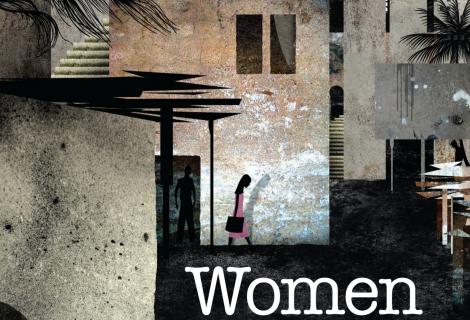
Across the world, women experience violence or the fear of violence on a daily basis. International human rights treaties affirm that violence against women violates women’s human rights and fundamental freedoms, and that this violence occurs in both private and public spaces.
"The right to the city" is the right of all city inhabitants, especially the poor, to have equitable access to all that a city has to offer and also to have the right to change their city in the ways that they see fit (see Harvey, 2008; Lefebvre, 1967). Although this right has given birth to a worldwide social movement, analyses frequently fail to take into account the diversity, inequalities, and power structures that determine which urban inhabitants enjoy the most access and influence in shaping their cities. Gender is a key dimension of diversity, inequality and power structures in the city and analysing gender impacts is central to informing programmes and policies that reflect women’s realities and to promoting women’s right to the city. A woman can enjoy her right to the city, when she lives free from violence and the fear of violence, and free from rights violations that arise in the spaces where she lives and works.
Urban men and women experience violence differently. They also experience and perceive protection and safety differently. By analysing these differences, we can begin to address women’s safety in urban areas. In most countries, men are more likely than women to be killed by urban violence, especially by people unknown to them. Women are more likely to suffer violence at the hands of people they know, but also experience violence committed by strangers. Women report being more afraid than men, and are socialised from an early age not to go out alone into public spaces (Women and Habitat Network of Latin America, in Rivas, 2010). Women’s fear of violence restricts their movement, limiting their use of public spaces and movement from their homes to public or other private spaces.
Violence against women in public spaces particularly affects the most marginalised. Women’s roles and the differences between women by race, ethnicity, age, sexual orientation, disability, marital and parenthood status and socioeconomic status directly influence how women experience cities on a daily basis.